On the afternoon of August 2, at My Son Temple Complex, Thu Bon Commune, Da Nang City, the My Son World Cultural Heritage Management Board coordinated with the Institute of Archaeology - Vietnam Academy of Social Sciences , the Institute of Monuments Conservation, the Institute of Archaeology and the CM Lerici Foundation (Italy) to organize a workshop to assess the preliminary results of the excavation of the L tower group, belonging to the My Son World Cultural Heritage complex, to clarify the architectural features and functions of the L tower group and propose solutions to protect the integrity, long-term and sustainable values of this tower group.
Deputy Director in charge of the My Son World Cultural Heritage Management Board Nguyen Cong Khiet said that implementing Decision No. 1263/QD-BVHTTDL dated May 6, 2025 of the Ministry of Culture, Sports and Tourism, the My Son World Cultural Heritage Management Board coordinated with the Institute of Archaeology (Vietnam Academy of Social Sciences), the Institute of Monuments Conservation, the Institute of Archaeology and the CM Lerici Foundation to conduct archaeological excavations at the L tower group of the My Son Temple Complex.
The excavation period is from May 9 to July 30, 2025 with a permitted excavation area of 150m2.
Directly directing the excavation work, Dr. Patrizia Zolese, Director of the CM Lerici Foundation, said that this was the second excavation at the L tower group after the first excavation in 2019. This excavation aims to expand the survey area of the L tower group to the eastern hillside.
Domestic and international scientists have excavated a part to collect more data on the L tower group area, especially the architecture related to the brick wall surrounding the L1 and L2 tower groups, thereby continuing to research and classify the roof tile morphology of the L1 and L2 architectures as well as related ceramic artifacts found, completing the final drawings for the conservation of the L tower group architecture.
Dr. Nguyen Ngoc Quy, Institute of Archaeology (Vietnam Academy of Social Sciences) said that since the beginning of the 20th century, Tower L was recorded by Henri Parmentier (French Institute of the Far East). According to French scientist H.Parmentier, Tower L is an architecture like a long room, roofed with tiles and two opposite opening doors.
After the first excavation in 2019, archaeologists recorded an additional architectural foundation located to the west of the L long room. Archaeologists named the previously discovered structure L1 and the later discovered foundation L2. Towers L1 and L2 are located on an east-west architectural axis and are surrounded by walls.
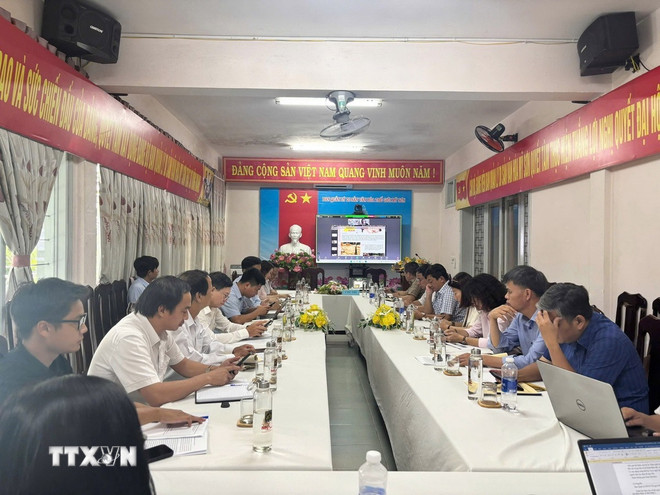
This excavation is of great significance, contributing to solving scientific questions since the French scientist H. Parmentier came to My Son in 1904 and recorded that area L had only one Mandapa longhouse, which led to different opinions about whether or not there was a gate tower area in this area.
Preliminary results at the site show that Tower Group L is a cluster of at least three temple towers. Tower Group L has a main temple tower layout similar to Tower Groups G and H in My Son.
"Through this excavation, we also add to our awareness that there are still many mysteries underground at My Son that need to continue to be discovered ," emphasized Dr. Nguyen Ngoc Quy, Institute of Archaeology.
Group L is located about 75m south of Group BCD, on top of a small hill. This high position not only provides a wide view, covering the entire temple complex, but also creates a prominent landscape in the overall space.
Based on initial studies, archaeologists believe that the architecture of the L tower group dates quite late, around the 13th century, and could have been used until the early 14th century.
This excavation not only contributes to identifying the architectural value of the L tower group in the My Son World Heritage complex, but also classifies the architectural forms, clearly identifies the functions for sustainable, long-term preservation and promotes the cultural values of this tower group in the coming time./.
Source: https://www.vietnamplus.vn/khai-thac-ben-vung-nhom-thap-l-trong-quan-the-di-san-van-hoa-the-gioi-my-son-post1053353.vnp


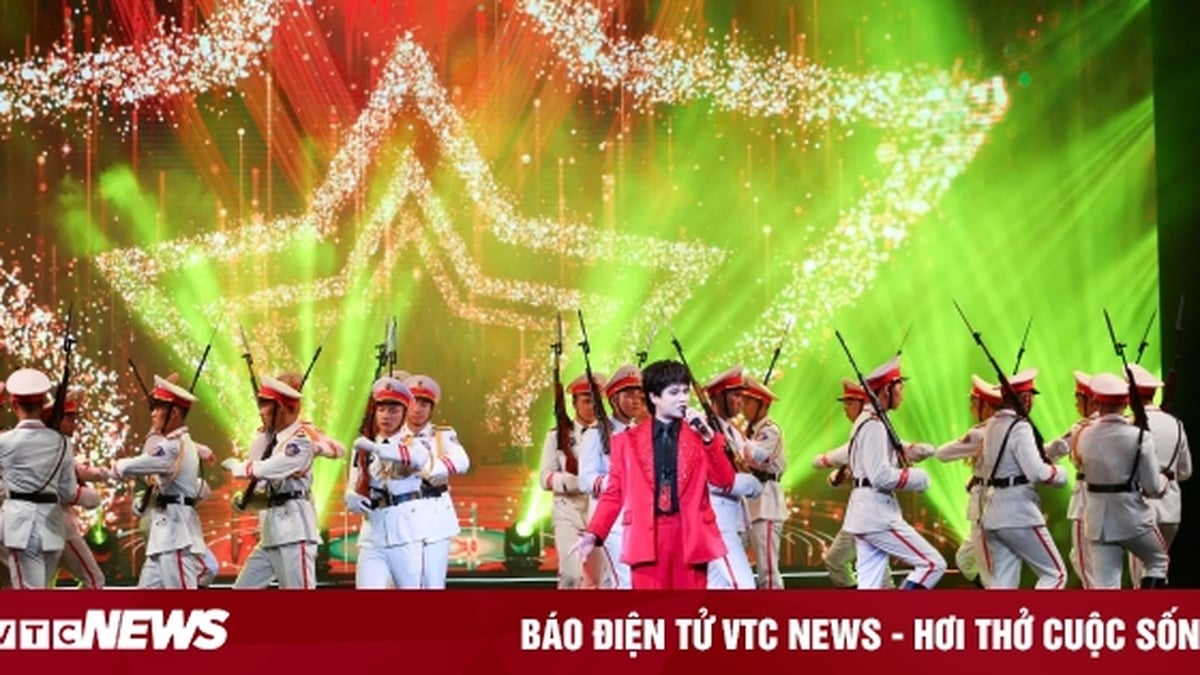

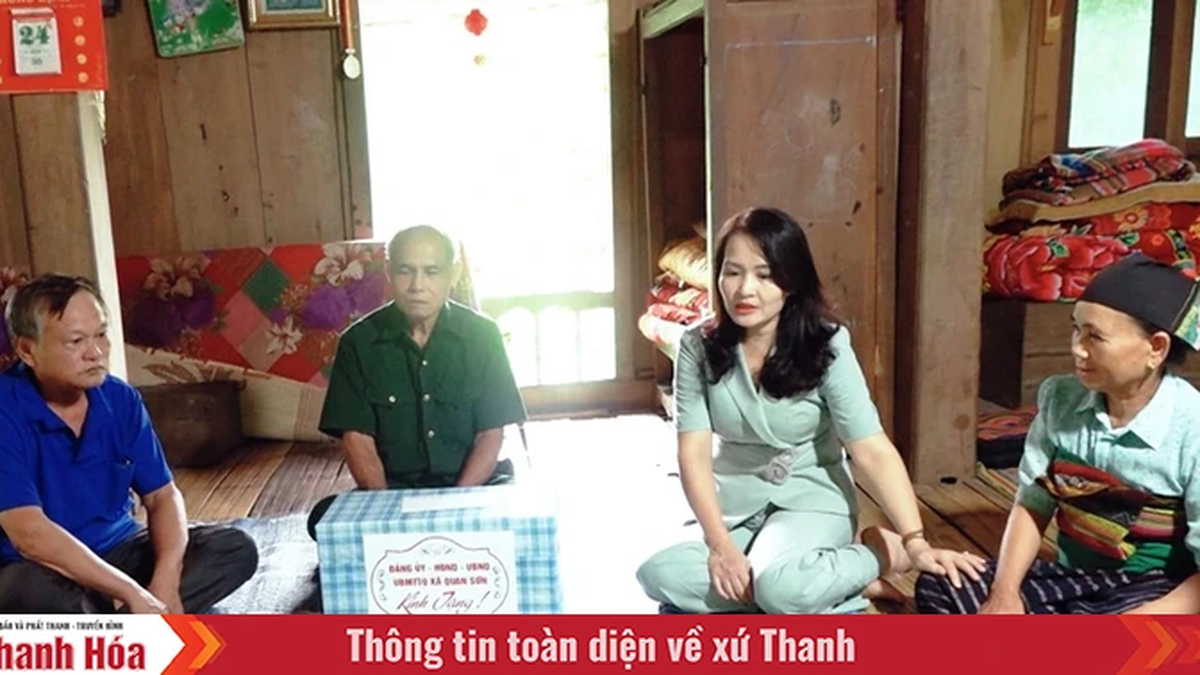


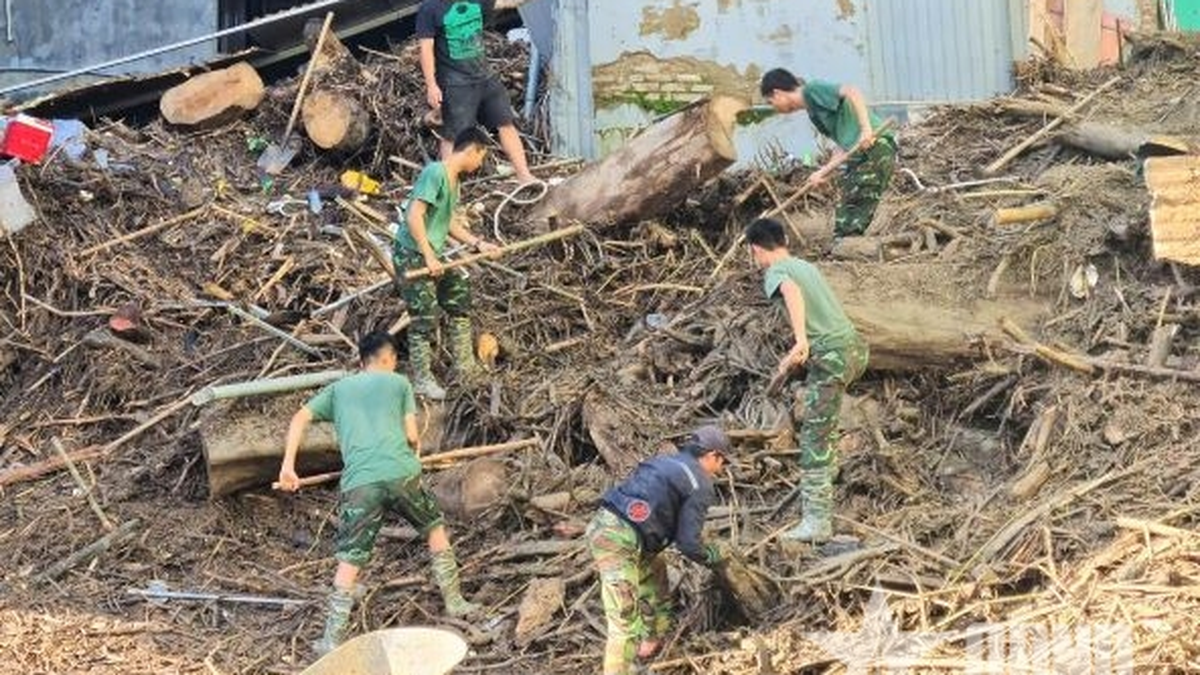

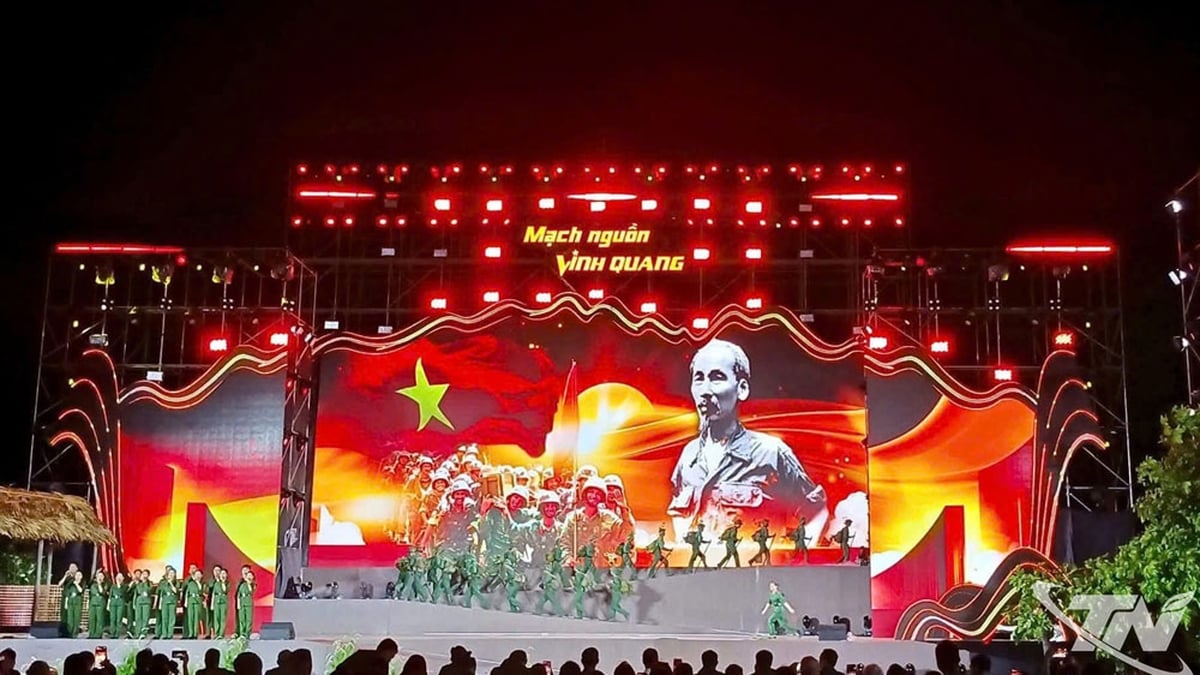

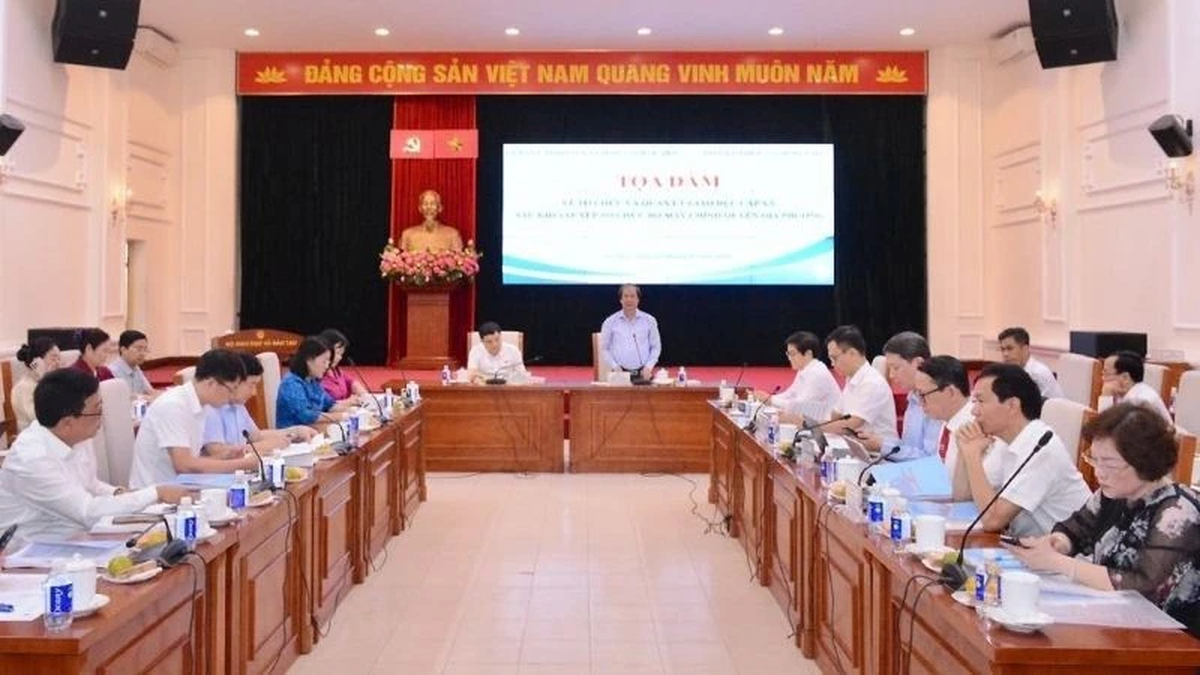






















































































Comment (0)